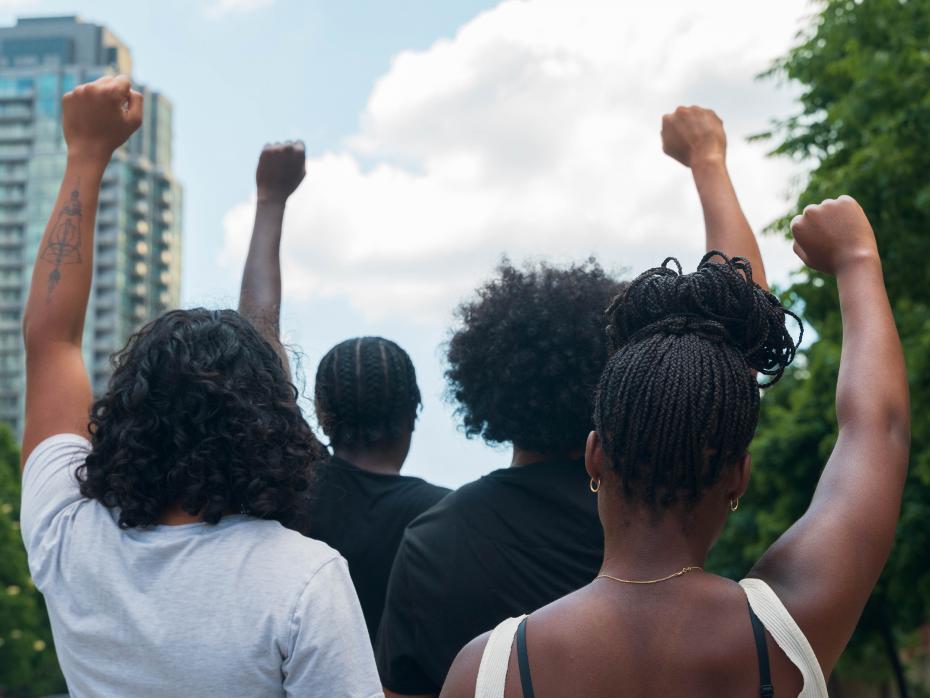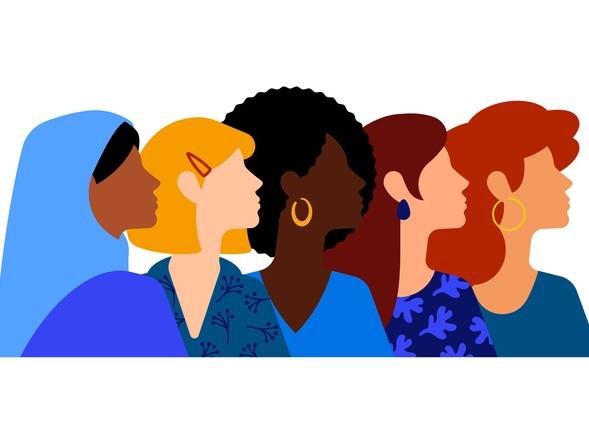Ethnocentric teaching, racisms, microaggressions, homogeneity, lack of role models and cultural differences are often cited as barriers to progression and attainment in higher education for black students.
Some black students report experiencing differentness, being the “other” and isolation in the majority-white academy. British universities are under pressure to change the status quo. While strategies are being trialled and put in place, understanding the psychology of belonging and its effect on black students’ self-esteem, self-worth, self-identity and motivation to engage and learn is imperative. Predominantly white institutions need to challenge the one-size-fits-all strategies for fostering belonging among black students and avoid a top-down approach. Students of colour often ask how they can thrive in white spaces if they don’t feel as if they belong or if their identity is not acknowledged or celebrated daily.
- Collection: Being Black in the academy
- Building an inclusive learning community to deliver a race equality curriculum
- How to support academic staff starting the journey of decolonising the curriculum
So how can universities respond? Here are some tips and considerations:
The microsystem:
Interacting with black students in the classroom
- As a facilitator of student learning, make an effort to pronounce black students’ names, ask students their preferred names and avoid anglicising.
- Use students’ photos to get to know your students where possible.
- Introduce unconscious bias sessions in the classroom to help yourself and all students to confront and challenge personal biases and create a safe learning environment.
- Discuss with students why a sense of belonging is crucial to teaching, learning and achievement.
- If you are a white academic, try to understand your privileges as a majority-white person, prejudices and how this may impact students of colour.
- As a facilitator of learning and as a white academic, it’s crucial to understand your influence as role model.
- Understanding how unconscious and conscious biases are crucial to answer the question: why are all white students sitting together? Which happens all the time. This is crucial to break down barriers of “tribalism” in the classroom, based on race, age or gender. Don’t look to black students to resolve classroom tribalism; always encourage cross-racial interactions in the classroom to avoid alienation of other students and impact on group assessments.
- Discuss the impact of microaggressions in the classroom and on campus and what this means to students. Daily microaggressions can potentially cause trauma for black students.
- Be open to challenge and debate. Discuss white fragility, race and racism with all students and take time to be knowledgeable on these issues.
- Engage white and black students when discussing race and racism, not just black students. It is important for white students to understand their role in perpetuating racism and microaggressions and their responsibility to challenge this.
- Challenge the notion of labelling black students as a homogeneous group, eg, African students, Afro Caribbean students. Students have individual and multiple identities and cannot be put in a box – always consider intersectionality.
- Encourage cross-racial interactions in group work at all times.
- Find out what a sense of belonging means from black students’ perspectives; don’t make assumptions.
- Create informal safe spaces for black students to share and gather views and discuss how they can provide solutions. These could be lunchtime seminars or breakfast groups.
- Avoid a deficit lens when teaching black students; they always bring something to the learning environment.
- Discover and foster talents and see potential in every student, regardless of colour or background.
Develop an inclusive curriculum
- Regardless of your subject, always check if your curriculum is diverse and if it includes people of colour who are positively portrayed.
- As a white academic, ensure you are taking a personal responsibility and feel confident to deliver an inclusive and diverse curriculum creatively.
- Your university teaching and learning department should ensure ongoing training is offered to ensure all teaching staff are confident talking about race, racism, microaggressions, white privilege and white fragility. Don’t always look to teaching staff of colour to do this.
- Always deliver a diverse and inclusive curriculum while understanding the origins of race and racism, its history and its role in, for instance, the British Empire.
- Engage with diverse authors in your module reading lists and ensure the library is involved in the process of buying diverse and inclusive resources.
- Encourage students to research and recommend multiple perspectives, and collectively build faculty-wide resources.
- Move away from portraying Eurocentric and Western approaches as the norm in your teaching. Europe and the USA make up just 14 per cent of the global population.
- Always consider Global South and Eastern perspectives in your curriculum.
- When using images or mannequins in simulation of health-related subjects, aways consider diverse images to include black people and dark-skinned mannequins. Remember to challenge your single standpoint as a white academic and be aware of the impact of a single narrative.
- Consider diverse and creative methods of assessments, including adopting anonymous marking.
The mesosystem:
Black students’ interactions with professional services and student union
- Consider ongoing training on unconscious bias, race, racism and white privilege and fragility to all professional services and student union staff.
- Check if student union services and activities are inclusive and diverse for all students.
- Are black students aware of the student union and accessing its services and activities? Are black students provided with opportunities to make suggestions and contributions to the student union functions?
- Are the lessons and activities relating to Black History Month continued throughout the year, considering black students exist 365 days a year?
- If your university is predominantly white, is it actively recruiting black academics or sessional academics?
- Ensure adequate study skills support is granted for black students with provision for English as an additional language where applicable.
- Ensure your university plagiarism and disciplinary panel members are not predominately white when it’s a black student being investigated or disciplined.
The macrosystem:
Black students’ interactions with the wider university
- Consider your university environment: how inclusive is it when it comes to names of buildings? Do images on wall hangings and pictures depict diversity? Are they inclusive?
- Do your university-wide policies support black students to confidently report any racism faced in the classroom or campus or if they are on practical placements?
- How are external stakeholders trained on equality and diversity issues impacting black students, especially stakeholders who host students on practical placements?
- Are the vice-chancellors and senior leadership taking a strategic responsibility to change the status quo and improve black students’ academic journey?
- Is consideration being given to the role of “whiteness” in your institution and its implications on black students’ experiences?
- Whiteness can be, for the most part, an unspoken issue, concomitant with “normal”, resulting in race not always being considered important by white people.
- How actively does your university seek the voice of black students on a regular basis?
- Do the university food courts and cafeterias reflect international menus? Do they consult with students?
Edith Lewis is a senior lecturer in social work at Canterbury Christ Church University.
If you would like advice and insight from academics and university staff delivered directly to your inbox each week, sign up for the Campus newsletter.




comment